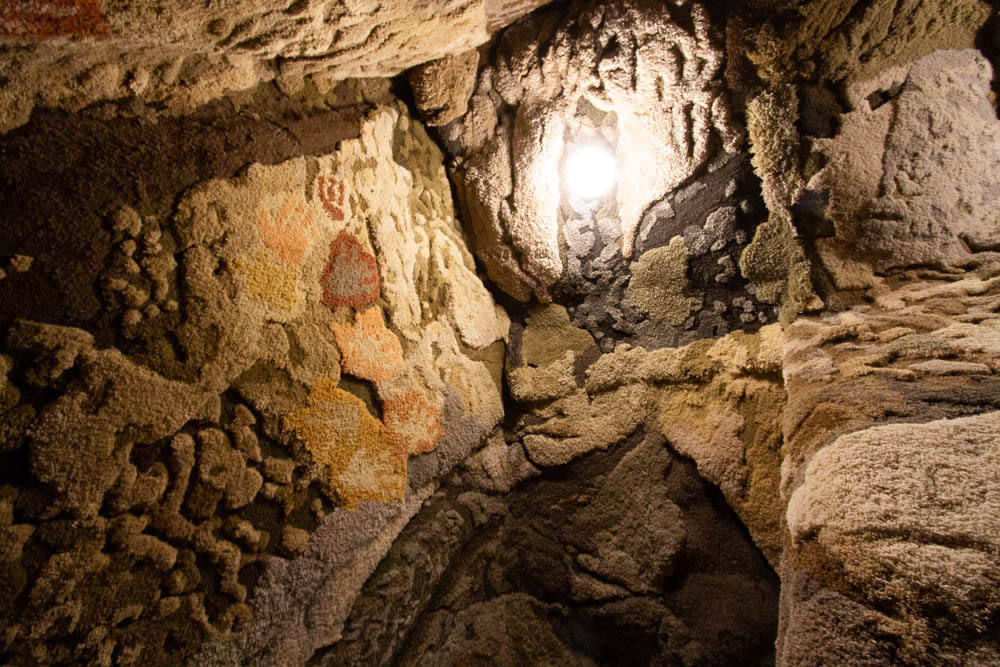
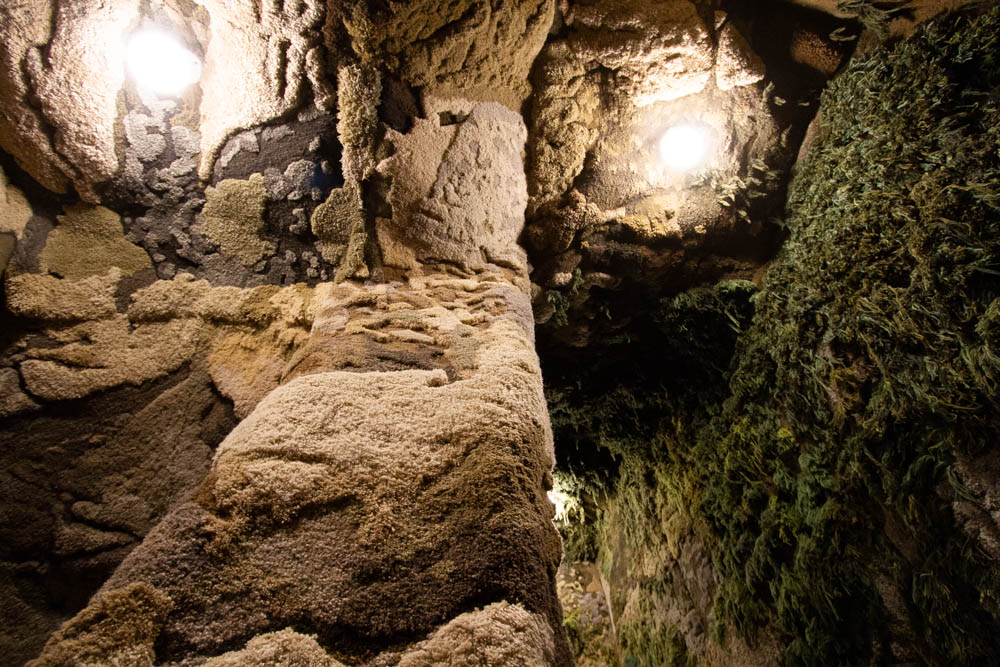
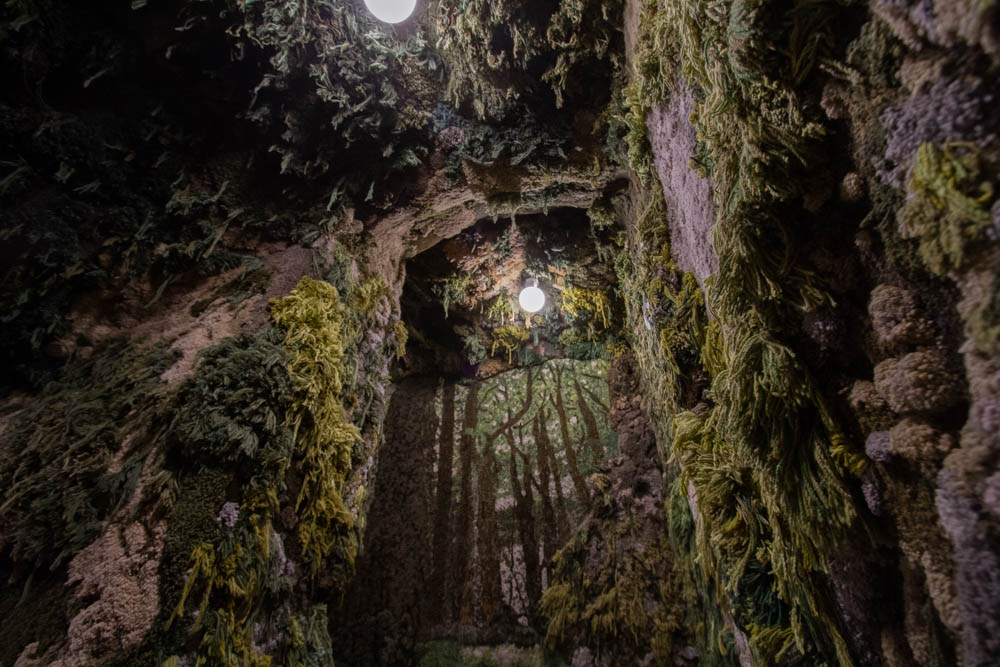
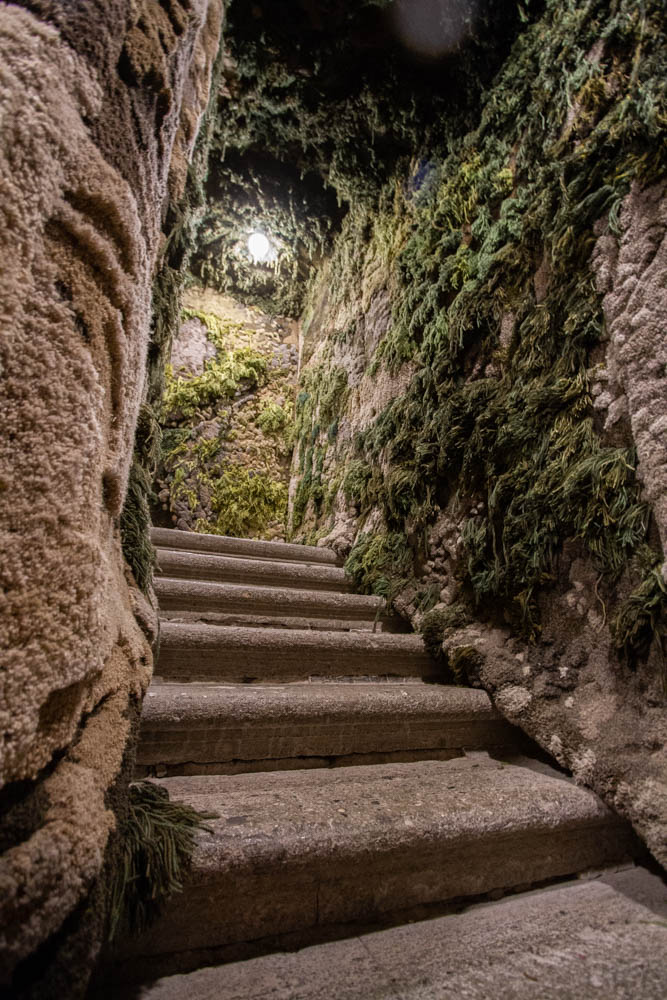
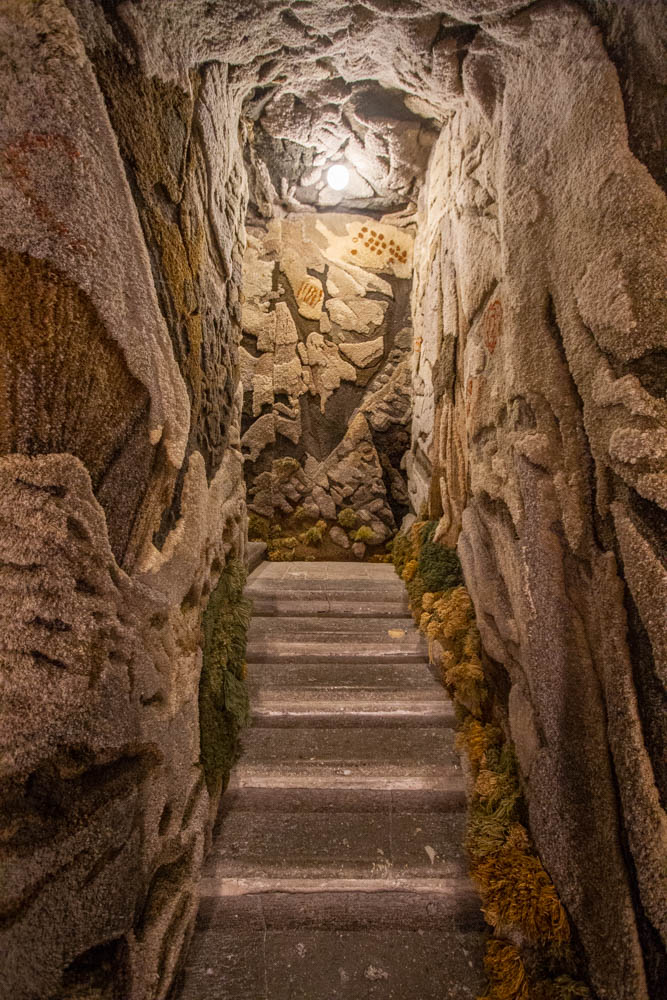
Site-specific Installation, wool (handtuft system)
170 m2
On view at Dream, Chiostro del Bramante, Rome through May, 2019.
Curated by Danilo Eccher.
‘What if all is’ follows Kehayoglou’s track through Patagonia, depicting a journey to recover emptied spaces that exist in a history of tear, uprooting and invasion. This very empty space is also related to her carpet making tradition, of her ancestors escaping from the greek turkish war with a loom into the new land of Argentina.
As a way of connecting with the aboriginal tribes of South America, that trace rock paintings more than 10.000 years, What if all is reflects on the way we conceive land and proposes a journey to understand the communion and beliefs that united tribes in their search of survival, trying to find their most visceral connection with their land, their inner gods: the ones inhabiting the wind, the river, the mountain. Aboriginal conflicts in south America are manipulated by the media, portraying mapuches, tehuelches and other pueblos originarios as terrorists, while they struggle to recover their ancestral land. In the meantime, international corporate heads get hold of immense sections of land that secure natural resources like drinking water, minerals, and fossil fuels.
Moreover the political conflict, there is a message these old tribes breathe within their discourse that preaches to protect our native territory. This idea of the sacred “territorio”, or terreiro, is also present in many aboriginal tribes within South America, like in northern Brazil.
In this direction, Kehayoglou’s translation of this problematic on to her carpet work, serves as a portal to blend time and space in order to reconnect with the forgotten land of these ancient tribes. By understanding the construction beyond native vegetation, land formation, and the human interaction with nature, Alexandra engages the viewer in a journey into the loins of Mother Earth. Furthermore, the aboriginal Cosmovision proposes a new understanding of time and space, a subject also present in her work, where noise disappears, and the visitor gets transported to a different spatial place in earth and time.
Cerro del Indio is an abandoned hill with caves next to Lago Posadas in Patagonia where aboriginal tribes of Patagonia used to get shelter and make rock paintings. Next to this site on patagonian distances, just over 150 kilometers, we can find the iconic Cueva de las Manos, where these same tribes inscribed thousands of negative stamps of their hands, blowing a mixture of blood and minerals over their hands. Their hands were used to kill the first guanacos, get the meat and skin to survive the winter, and to help their women to give birth to their children inside this rock caves.
Today we continue to discuss how these rock paintings were so exact and this precise, in addition to what they meant for them. Very intricate spirals, whale heads, and men falling from the sky depict a connection of these people with the mystical, the interpretation of dreams, and theories that today clash with our understanding of reality.
‘What if all is’ unfolds these two sites, Cerro del Indio and Cueva de las manos, re constructing their vision and imagery now in 2018, more than 10.000 years from the date these rock paintings were done. It proposes the visitor to immerse into the cave and offer a different way to die, to conceive the way we live.